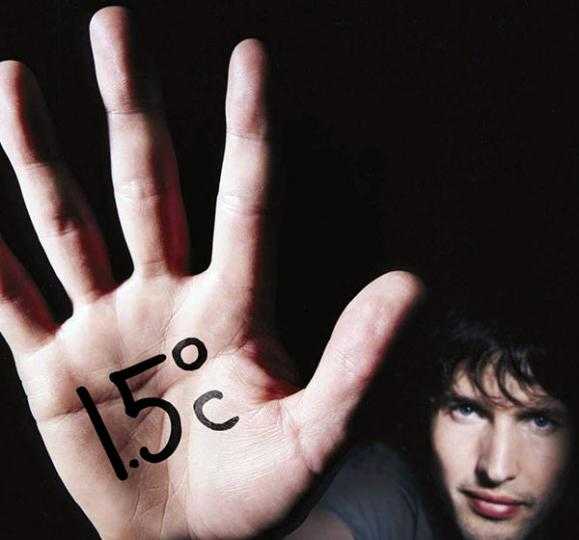Launched at the "Climate Change: What the Olympics have to do with that" symposium at Museum of Tomorrow, on July 28 in Rio de Janeiro, Brazil, the campaign ‘1.5C: the record we must not break’ aims to create a sense of curio
This assessment report quantifies the everincreasing material flows required to build, maintain and operate the cities, transport systems, food supply and energy systems on which today’s world depends. The importance of understanding these flows is twofold. There are very important environmental impacts related to the mobilization of materials for use in economic activity. Large-scale change in land use and forest cover accompanies the extension of agriculture, timber production and in some cases mining and energy extraction.
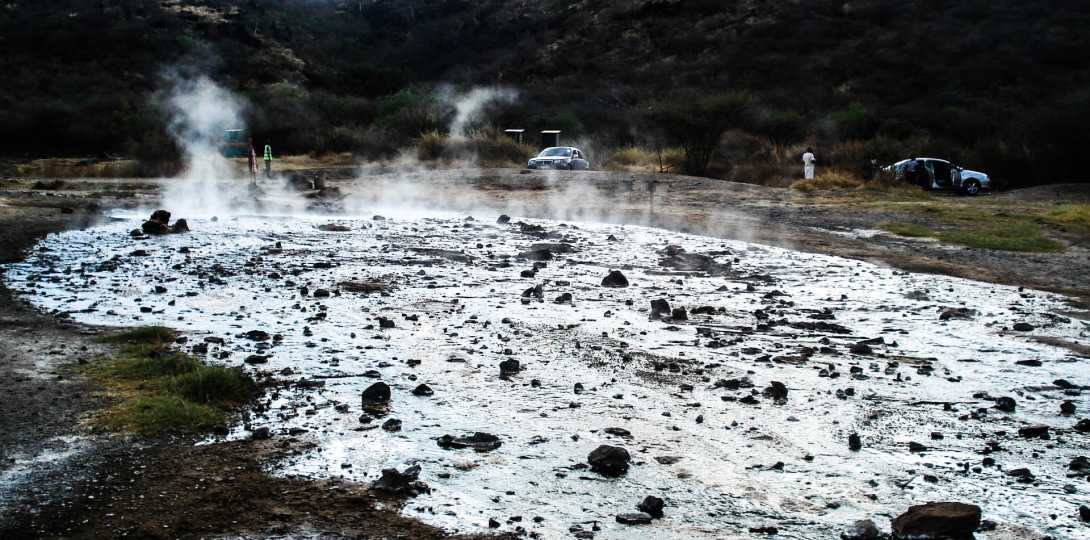
Rising consumption fuelled by a growing middle class has seen the amount of primary materials extracted from the Earth triple in the last four decades, according to a new report by the United Nations Environment Programme - hosted International Resource Panel (IRP).
The dramatic increase in the use of fossil fuels, metals and other materials will intensify climate change, increase air pollution, reduce biodiversity and ultimately lead to the depletion of natural resources, causing worrying shortages of critical materials and heightening the risk of local conflicts, warns the report. “The alarming rate at which materials are now being extracted is already having a severe impact on human health and people’s quality of life,” said IRP Co-Chair Alicia Bárcena Ibarra. “It shows that the prevailing patterns of production and consumption are unsustainable.
“We urgently need to address this problem before we have irreversibly depleted the resources that power our economies and lift people out of poverty. This deeply complex problem, one of humanity’s biggest tests yet, calls for a rethink of the governance of natural resource extraction to maximize its contribution to sustainable development at all levels.” The information on material flows contained in the new report complements economic statistics, identifies the scale and urgency of global environmental issues and supports the monitoring of the progress countries are making towards achieving the Sustainable Development Goals (SDGs).
The amount of primary materials extracted from the Earth rose from 22 billion tonnes in 1970 to a staggering 70 billion tonnes in 2010, with the richest countries consuming on average 10 times as many materials as the poorest countries and twice as much as the world average. If the world continues to provide housing, mobility, food, energy and water in the same way as today, by 2050 the planet’s nine billion people would require 180 billion tonnes of material every year to meet demand. This is almost three times today’s amount and will likely raise the acidification and eutrophication of the world’s soils and water bodies, increase soil erosion and lead to greater amounts of waste and pollution.

Photo Credit: UNEP
The report also ranks countries by the size of their per-capita material footprints – the amount of material required for final demand in a country, an indicator that sheds light on the true impact of a country on the global natural resource base. It is also a good proxy for the material standard of living in a country. Europe and North America, which had annual per capita material footprints of 20 and 25 tonnes in 2010, are at the top of the table. By comparison, China had a material footprint of 14 tonnes per capita and Brazil 13 tonnes.
The annual per-capita material footprint for Asia-Pacific, Latin America and the Caribbean, and West Asia is between 9 and 10 tonnes. Africa’s footprint is below 3 tonnes per capita. Global material use has rapidly accelerated since 2000 as emerging economies like China undergo industrial and urban transformations that require unprecedented amounts of iron, steel, cement, energy and construction materials.
Since 1990, there has been little improvement in global material efficiency. In fact, efficiency started to decline around 2000. The global economy now needs more material per unit of GDP than it did at the turn of the century because production has shifted from material-efficient economies such as Japan, South Korea and Europe to far less material-efficient economies like China, India and South East Asia. This has led to an increase in environmental pressure for every unit of economic activity.
The report, Global Material Flows and Resource Productivity, presents various ways the world can maintain economic growth and increase human development while reducing the amount of primary materials it uses to achieve this.
Decoupling escalating material use from economic growth is the “imperative of modern environmental policy and essential for the prosperity of human society and a healthy natural environment”, states the IRP, which is a consortium of 34 internationally renowned scientists, over 30 national governments and other groups.
Decoupling, which will be necessary for countries to achieve the SDGs, requires well-designed policies. Investments in research and development, combined with better public policy and financing, will be essential. This will create significant economic opportunities for inclusive and sustained economic growth and job creation. But increasing material efficiency alone is not enough. By lowering costs, greater efficiency will allow for higher economic growth and perhaps hamper efforts to reduce overall material demand. The IRP recommends putting a price on primary materials at extraction in order to reflect the social and environmental costs of resource extraction and use while reducing the consumption of materials. The extra funds generated could then be invested in R&D in resource intensive sectors of the economy.
Looking to the future, the IRP warns that low-income countries will require increasing quantities of materials to achieve the same level of development experienced by high-income countries. This expanding demand for materials will possibly contribute to local conflicts like those seen in areas where mining competes with agriculture and urban development.
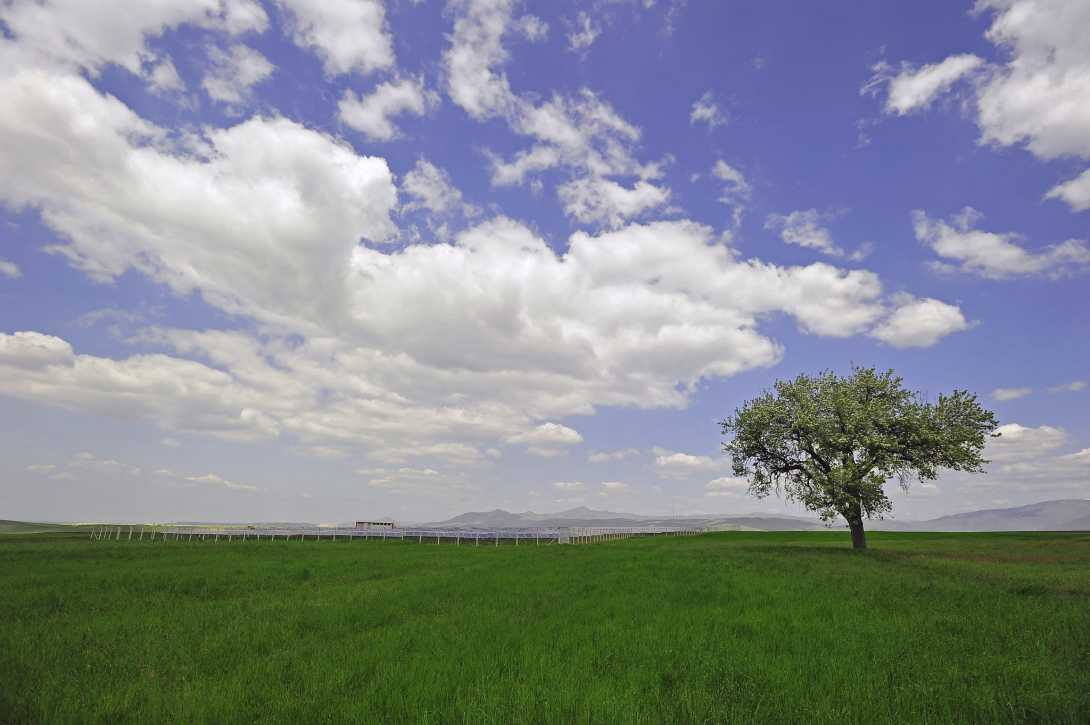
The 17 Sustainable Development Goals (SDG’s) established by the United Nations in September 2015 are a demand note for governments, society and companies to elaborate strategies for sustainability in order to make this planet livable and peaceful in the next century.
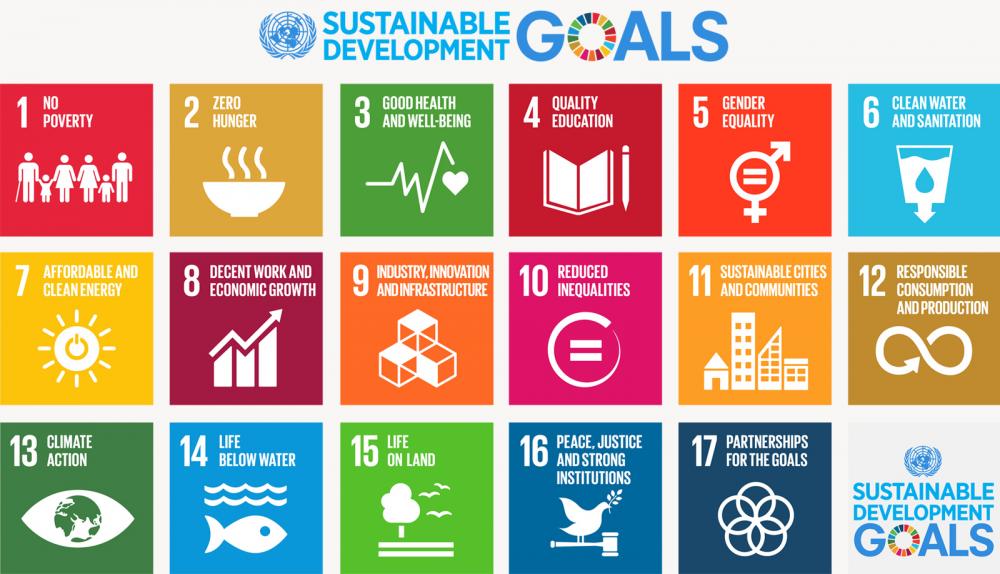
Photo Credit: Sustainable Development Goals - UN
In the case of Colombia, there have been outstanding efforts of politics as well as the private sector to accomplish the integration of the SDG’s. For example, the Colombian government has established an interinstitutional commission to ensure their integration in the National Development Plan – that happened in February 2015, even seven months before the SDG’s were officially announced, which makes the country a pioneer. Furthermore, Colombia has the largest number of companies publishing sustainability reports in Latin America after Brazil[1], and large national companies such as Nutresa and Argos are included in the exclusive Dow Jones Sustainability Indices, which measure and report the performance of the world's sustainability leaders every year.
Although large companies appear to be conscious of how urgent the adoption of the SDGs is, we must not forget that they only account for a very small part of the economy. In Colombia, micro, small and medium enterprises (MSME’s) represent more than 95 percent of the total number of enterprises. In all of Latin America, their share is even higher with 99 percent[2]. The contribution of MSME’s will thus be crucial for the private sector to comply with the SDG’s. However, publications about how MSME’s may achieve this contribution are rare yet, even more in Spanish so that they could serve those enterprises in Latin America.
This is the starting point for the publication “Business and the Sustainable Development Goals – A guide for getting started”. Written by Innove, a sustainability-focused think and do tank based in Medellin, Colombia, the manual launched in Spanish and English equips MSME’s with the basic knowledge they need to start adopting and applying the SDG’s.
The document starts with an overview on the SDG’s, explaining how they differ from their predecessors, the Millennium Development Goals and how they are interconnected. Since the issues that are relevant for an individual company can differ across industries and business models, the guide provides steps to help businesses identify which SDG’s are most applicable for them.
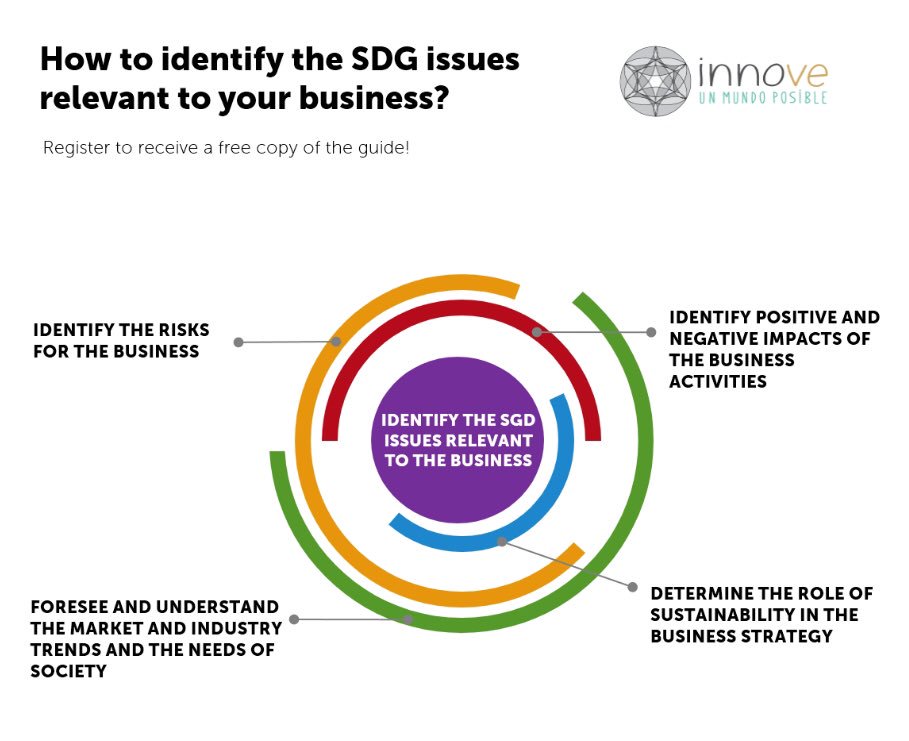
Photo Credit: Innove
They also learn how they might interact with other actors of their core business, the community and the public dialogue. Thereupon, the publication suggests how to approach the adoption of the SDG’s presenting an amplified version of the SDG compass launched by the Global Reporting Initiative, Global Compact and the World Business Council for Sustainable Development in September 2015.
This guide is the kick-off for a series of publications related to sustainability and businesses that Innove is currently working on and which shall, altogether, give profound knowledge and support to the private sector to enable their transition to sustainability.
Click here to download this first publication.
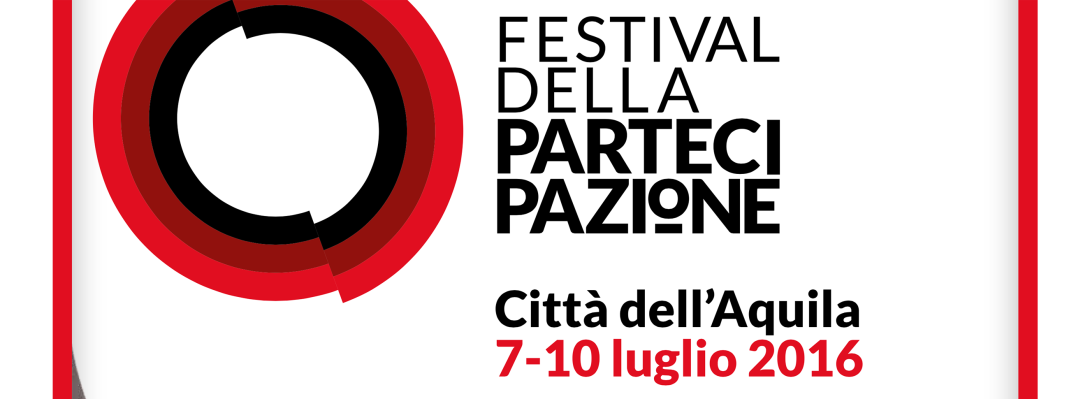
The Festival of Participation is promoted by Italia, Sveglia! (Italy, Wake up!), an alliance of three organizations, ActionAid, Cittadinanzattiva and Slow Food Italia and in cooperation with the Municipality of L’Aquila. "Italia, Sveglia!" has the purpose of contributing to the transformation of the nation, through the citizens active role and participation, and the protection of their rights.
[video:https://youtu.be/cHG3OmcZMzE]
The World Bank’s Connect4Climate Campaign in partnership with the Business Climate Summit and Maitland Green/Havas staged a thematic discussion on “The Role of Creative Industries in Sustainability and Climate Change” with the objective of perpetuating the engagement of media, entertainment and advertising sectors on climate action.
Today - June 29 - at the London Business & Climate Summit, Circle Economy and international consultancy Ecofys have called for a rapid transition to a global circular economy to meet the ambitious Paris climate agreement.
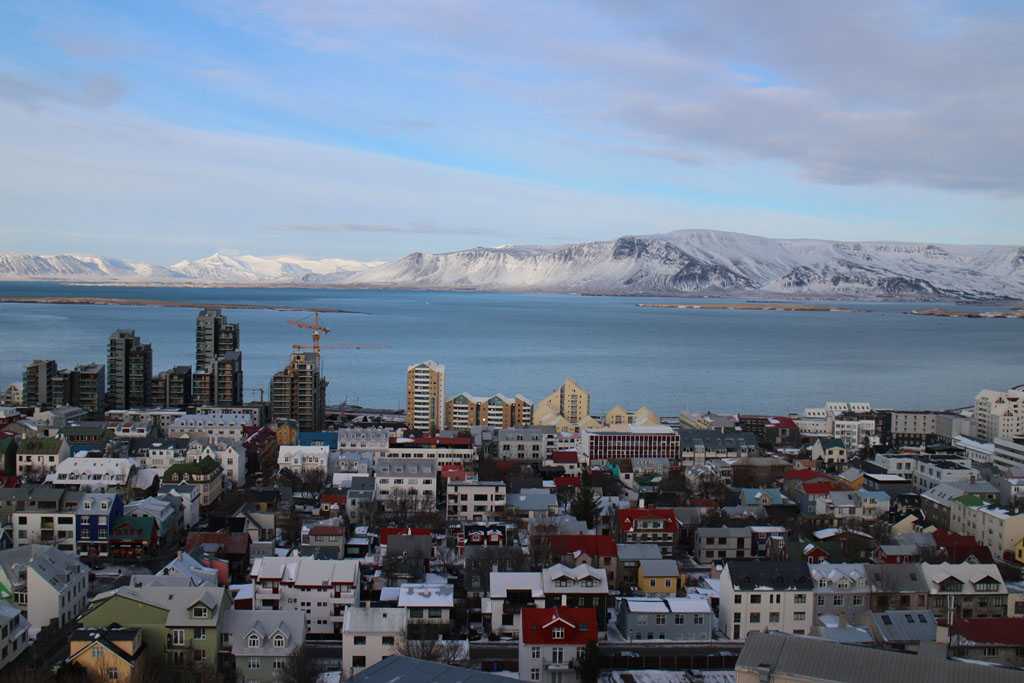
B Corporations ClimateCare and Carbon Analytics have pooled their expertise to develop a new Carbon Calculator.
The online calculator is powered by measurement experts Carbon Analytics and provides users with a tool to calculate their carbon emissions. Users can then immediately offset these carbon emissions through ClimateCare’s award winning portfolio of climate and sustainable development projects.
The calculator helps you measure the impact of specific activities like travel, attending an event or energy use. For example, the image below shows a calculation of the carbon impact of a return economy flight from London Heathrow to New York – a distance of over 6800 miles. It shows that each passenger is responsible for 1.54 tonnes of CO2 emissions, and gives the opportunity to offset this for £11.53.
After purchase users receive an email confirmation which includes a certificate detailing the amount of carbon offset, information about the projects they have supported and guidance on how to reduce their carbon footprint further. There’s even the option opportunity to purchase offsets as a gift.
Everyone who measures and offsets emissions through the calculator will support projects that both cut global carbon emissions and make a real difference to people’s lives, including the award winning LifeStraw Carbon for Water project – that provides safe drinking water to 4 million people in Western Kenya - and the Gyapa Project, which provides clean efficient cookstoves to families in Ghana.
“Every organisation and every household has a climate impact. Most of us are aware of the issue, but while calculating your exact carbon footprint and taking steps to address it can seem complicated, it doesn’t have to be” explains ClimateCare’s Head of Corporate Partnerships, Rob Stevens.
“With our Carbon Calculator we want to help people take action. We hope that our simple, positive process will help everyone understand and take responsibility for their carbon emissions – both by identifying opportunities to reduce their footprint and offsetting what remains.“ But it doesn’t stop there. For organisations further along their carbon management journey, there is the opportunity to use the business tab to delve into the detail and carry out in depth measurements of business, supply chain and product impacts. And, once people are engaged, ClimateCare and Carbon Analytics are committed to supporting them on a journey towards carbon neutrality – or even beyond, to become carbon positive.
“Most people and businesses want to reduce their direct energy emissions (what we call Scope 1 emissions) but they often underestimate their indirect emissions, which include the source of their electricity and transportation (Scopes 2 and 3 emissions). The good news is that there are ways to see, understand and reduce all your energy consumption and emissions,” says Michael Thornton, co-founder and CEO of Carbon Analytics.
See the ClimateCare Calculator here.
[video: https://youtu.be/JG4VEIA9JJw]
